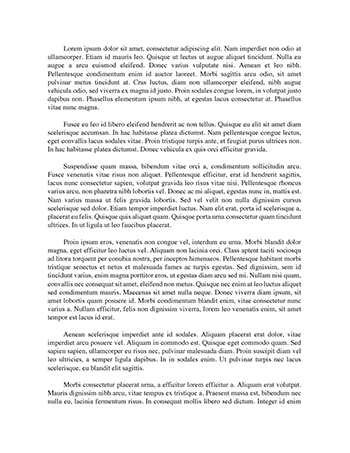Globalisation has presented business organisations with an opportunity to do business internationally. Today, multinational corporations (MNCs) are prevalent, with many commanding immense power in the global marketplace. Nonetheless, operating in the global scene is usually not a straightforward undertaking. The global business environment presents numerous complexities, which MNCs must effectively deal with if they are to be successful (Noorderhaven and Harzing, 2003).
One of the major complexities MNCs face relate to human resource management (HRM). Indeed, managing human resources in the international context can be a daunting task. This is particularly because of considerable cultural, institutional, economic, and political differences across countries (Thite, Wilkinson and Shah, 2012). National (country-of-origin) characteristics tend to influence how MNCs behave in the host country. They influence not only corporate strategy, but also the kind of HRM practices MNCs adopt in the host country (Sethi and Elango, 1999; Yu, Park and Cho, 2007; Cox, 2014; Chung…...


